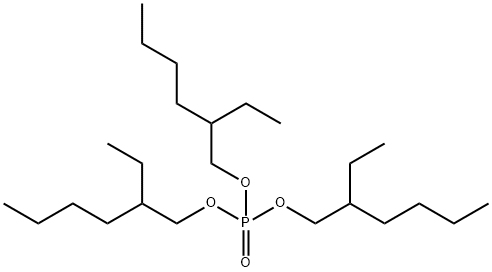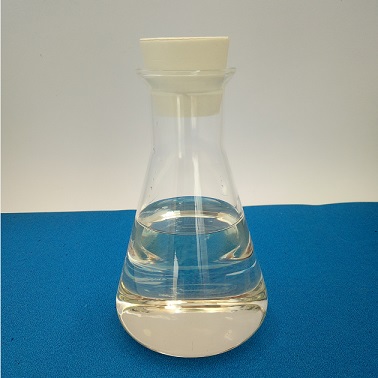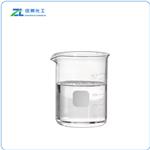
Tris(2-ethylhexyl) phosphate
- Product Name Tris(2-ethylhexyl) phosphate
- CAS78-42-2
- CBNumberCB4670674
- MFC24H51O4P
- MW434.63
- EINECS201-116-6
- MDL NumberMFCD00009491
- MOL File78-42-2.mol
- MSDS FileSDS
Chemical Properties
| Melting point | -70°C |
| Boiling point | 215 °C4 mm Hg(lit.) |
| Density | 0.92 g/mL at 20 °C(lit.) |
| vapor pressure | 2.1 mm Hg ( 20 °C) |
| refractive index | n |
| Flash point | >230 °F |
| storage temp. | Store below +30°C. |
| solubility | <0.001g/l |
| form | Liquid |
| color | Colourless |
| Specific Gravity | 0.93 |
| PH | 7 (H2O, 20℃) |
| Water Solubility | <0.1 g/100 mL at 18 ºC |
| BRN | 1715839 |
| CAS DataBase Reference | 78-42-2(CAS DataBase Reference) |
| Indirect Additives used in Food Contact Substances | TRI(2-ETHYLHEXYL) PHOSPHATE |
| FDA 21 CFR | 175.105 |
| EWG's Food Scores | 1 |
Safety
| Symbol(GHS) |

|
|||||||||
| Signal word | Warning | |||||||||
| Hazard statements | H315 | |||||||||
| Precautionary statements | P264-P280-P302+P352-P332+P313-P362+P364 | |||||||||
| Hazard Codes | Xi | |||||||||
| Risk Statements | 38 | |||||||||
| Safety Statements | 23-43-24/25 | |||||||||
| WGK Germany | 2 | |||||||||
| RTECS | MP0770000 | |||||||||
| Autoignition Temperature | 370 °C | |||||||||
| TSCA | Yes | |||||||||
| HS Code | 29190090 | |||||||||
| Hazardous Substances Data | 78-42-2(Hazardous Substances Data) | |||||||||
| Toxicity | LD50 orally in Rabbit: 37000 mg/kg LD50 dermal Rabbit 20000 mg/kg | |||||||||
| NFPA 704: |
|




